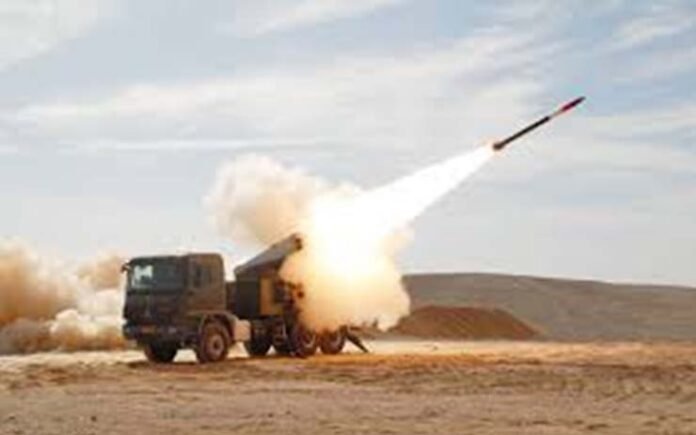New Delhi: The SAMOOHA constellation is an emerging project developed by the Defence Research and Development Laboratory (DRDL) in India, aimed at enhancing the country’s electronic intelligence (ELINT) capabilities. This initiative follows the earlier EMISAT project, which focused on ground-based electronic intelligence gathering.
SAMOOHA is designed to create a constellation of satellites that will operate in space to gather electronic intelligence. This system will likely complement existing ground-based systems and enhance India’s ability to monitor and analyse electronic signals from various sources, including military operations.
The project reflects India’s growing emphasis on indigenous technology and capabilities in space, particularly in the realm of defence. It is part of a broader trend where countries are developing satellite constellations for military and intelligence purposes, similar to systems seen in the United States and China.
The SAMOOHA constellation is expected to utilise formation flying techniques, allowing multiple satellites to work together to improve coverage and data collection efficiency. This method can enhance the accuracy of signal detection and geolocation, providing more reliable intelligence.
The SAMOOHA project is seen as a follow-up to the EMISAT satellite, which has been operational since its launch. EMISAT was developed under Project KAUTILYA and focuses on measuring electromagnetic signals from radar systems. SAMOOHA aims to expand these capabilities into a more comprehensive satellite network.
The establishment of the SAMOOHA constellation represents a significant advancement in India’s defence technology, particularly in terms of electronic warfare and intelligence gathering.
As nations increasingly rely on satellite systems for military operations, India’s investment in projects like SAMOOHA is crucial for maintaining strategic parity and enhancing national security.
The SAMOOHA constellation is set to bolster India’s ELINT capabilities through advanced satellite technology, forming a critical component of its defence strategy as it seeks to enhance situational awareness and operational effectiveness in the face of evolving security challenges.
Raksha Anirveda's editorial desk team brings in the collective experience of creative professionals - a fine mix of senior copy editors, writers, proofreaders and designers. Working as a team, they continuously create, manage, and curate content to sustain the magazine's profile and reputation in line with market trends and achieve magazine's goal.





